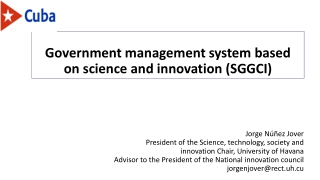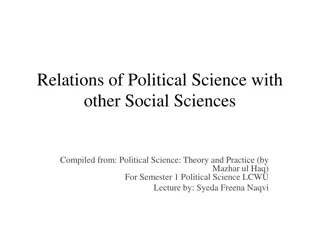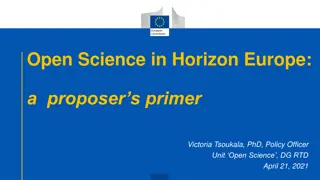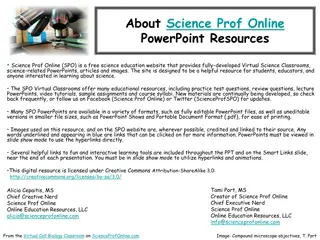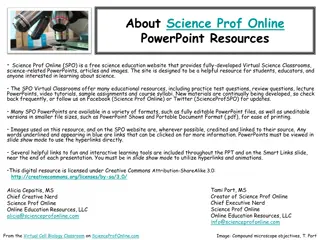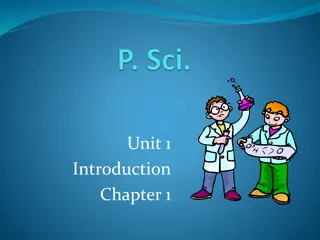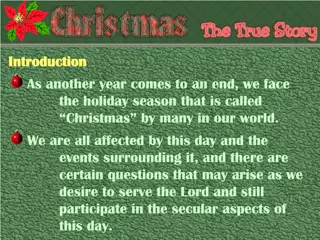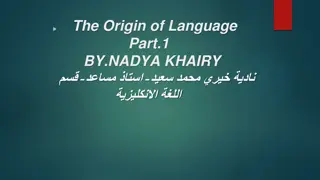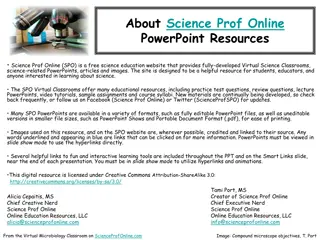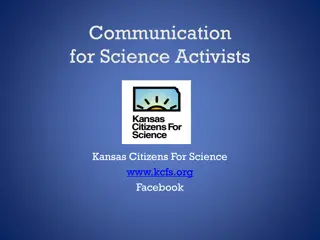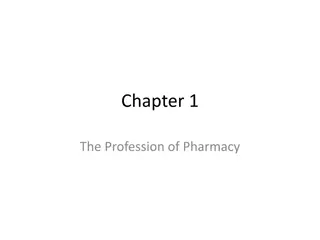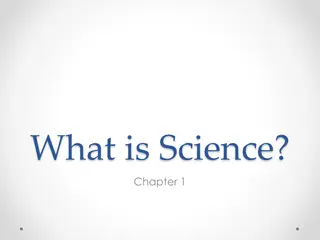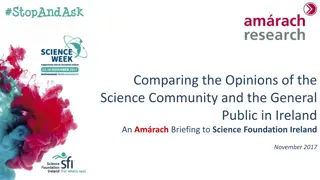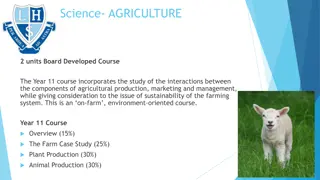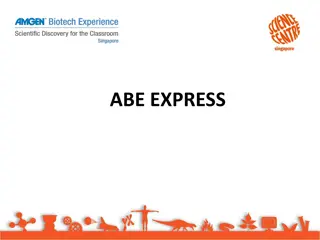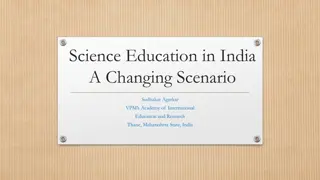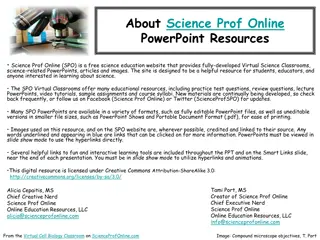
Essential Perspectives on Science, Religion, and Evolution
Gain insights into the intersection of science and religion through the words of Albert Einstein and Freeman Dyson. Explore the complementary nature of these perspectives and delve into Darwin's Theory of Evolution. Understand the intricate timeline of evolution and the concept of natural selection as the driving force behind it.
Download Presentation

Please find below an Image/Link to download the presentation.
The content on the website is provided AS IS for your information and personal use only. It may not be sold, licensed, or shared on other websites without obtaining consent from the author. If you encounter any issues during the download, it is possible that the publisher has removed the file from their server.
You are allowed to download the files provided on this website for personal or commercial use, subject to the condition that they are used lawfully. All files are the property of their respective owners.
The content on the website is provided AS IS for your information and personal use only. It may not be sold, licensed, or shared on other websites without obtaining consent from the author.
E N D
Presentation Transcript
"A legitimate conflict between science and religion cannot exist. Science without religion is lame, religion without science is blind." Albert Einstein
Text goes here "Science and religion are two windows that people look through, trying to understand the big universe outside, trying to understand why we are here. The two windows give different views, but both look out at the same universe. Both views are one-sided, neither is complete. Both leave out essential features of the real world. And both are worthy of respect." Freeman Dyson ? What essential features of the world might science leave out when it tries to understand the Universe?
People often point to the scientific accounts and the Judaeo-Christian accounts of the origins of life and the origins of the Universe. They seem to contradict each other so completely and so obviously that we can end the discussion by saying science proves that religion is wrong . However, this is too simplistic a way of looking at it. We have seen that science and religion are both trying to understand the Universe but in different ways. Religion can offer what science cannot and science can offer what religion cannot. Some would also argue that there is a lot of middle ground. This does not mean that they contradict one another; it means that they are offering different ways of seeing the world, both of which are meaningful and valuable. Far from contradicting one another, they complement one another.
There are two parts to Darwins Theory. The Theory of Evolution - All species have evolved from a common ancestry. Natural Selection How this happens.
Inanimate Chemicals (primordial slime) 3 billion years ago MILLIONS OF YEARS EVOLVE Bacterial Life MILLIONS OF YEARS EVOLVE Multi-Cellular Organisms MILLIONS OF YEARS EVOLVE More complicated plants and animals MILLIONS OF YEARS EVOLVE Highly Complex Animals MILLIONS OF YEARS EVOLVE MAN
Evolution Time line Simple Cells Complex Cells Multicellular Life Simple Animals Arthropods Fish Land Plants Insects and Seeds Amphibians Reptiles Mammals Birds Dinosaurs Humans
Natural Selection is the mechanism of evolution. It is how evolution happens. Organisms/creatures/humans produce more offspring than can survive. The offspring are not identical: variations exist within them e.g. a litter of kittens are not all the same. Some of these variations are inherited, some are not. Some variations will help the creature to survive, some will not. Whether these variations are passed on is determined by the environment in which the animal lives. e.g. a snake which is camouflage is more likely to survive in its environment.
Those animals that inherit beneficial characteristics are more likely to survive to adulthood. They can then reproduce and pass on these characteristics to their young. Over time this will increase the number of offspring with these beneficial variations This is how new species can be formed from existing ones.
The Big Bang theory describes how the universe got from a high-density and high- temperature state to its current form. Physicists are undecided whether the universe began from a single big bang, or that current knowledge is insufficient to describe the universe before this point. Detailed measurements of the expansion rate of the universe place the Big Bang at around 13.8 billion years ago.

